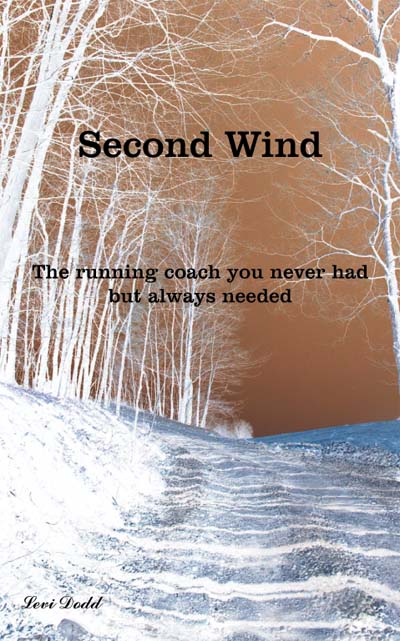I've been asking people from previous training runs what their best/favorite "aha!" moment was from the classes. Almost everyone answered "The shoe talk!"
So, for today's entry of TTT, I'll give an overview of what I'm going to cover at tonight's training run (week 2 - come join us!)
This is all about shoes (or.... lack thereof)
A couple of things to think about:
Your foot is designed to flex, and bend, and move. Lots of shoes prohibit your feet from doing Any of those things (stability webs, roll bars, carbon injected crash plates, etc.).
Think about your arch. How many people have been told that you have a weak arch, so you need arch support? What's the strongest shape in nature, or in construction (think bridge building).. the arch. Ever seen anyone build a bridge and then stick a support up underneath their archway? Of course not, and why? Because doing so completely defeats the design capabilities and the function of the arch! - By putting arch "support" under your arch, you ruin your arch, making it where it can't function, instantly weaken it, and then make yourself completely dependent on the 'support' because having it there has weakened your arch into a non working state by supporting it... got it? ;)
Consider also that studies have proven (Harvard University, American Society of Biomechanics, Nike's own Director of Nike Sports Research Lab, American Journal of Sports Medicine, Medicine & Science in Sports & Exercise, etc. etc. etc.) that the greater the padding, the greater the impact.
Let that sink in for a second (yes - you read that right). The more cushioning your shoe has in it, the harder your foot (and knees, and hips, and back) will smash into the ground.
Then there's the fact that all of our running shoes are high heels. Most all running shoes have a much higher heel than forefoot (ie a 32mm heel height and a 20mm forefoot height). Would you choose to run in high heels? not only does it put lots of extra pressure on your knees and shins, it nearly forces a heel strike.
Finally, there's the issue of weight. You are picking up your feet a lot, more so than most of you every imagined if you are transitioning into correct running form. Each time you do so, you're having to lift the weights on each of your feet (those shoes). A typical corrective running shoe will weigh in somewhere around 12oz a piece (or more), where a pair of FiveFingers will weigh less than that (a Pair) - only about 5-6oz a piece. Other minimalist shoes (such as my beloved Nadas) weigh in at just over 3.5oz a piece.
And your barefeet... they tip the scales at zero.
***Here's what you want to remember: less is more.
In buying a shoe, you want to look for a flat shoe (one where the heel is not raised higher than the forefoot), a wider toebox (your toes need room to splay out), a shoe that does not attempt to overwrite and control God’s perfect design, a shoe that is super light weight, a shoe that is flat on the inside (no arch support), a shoe that bends (that you can roll up toe to heel), and a shoe that has the bare minimum in terms of padding (if it feels like a house shoe when you put it on it will kill you for a running shoe).***
So in short, avoid any shoe that boasts any of the following: “Control”, “motion control”, “high arch”, “stability”, “stability web”, “narrow last”, “bounce”, “rebound”, or anything that brags in regards to excellent cushioning or high technology.
An easy, over simplified way to ask your shoe store salesperson for the right thing, ask for a "Zero drop shoe".
What this means is that the shoe will put your forefoot and your heel on the same plane - they will be the same height (ideally about 4mm off the ground at both places or less) - you wont be running in high-heels. Typically, if the shoe has a zero drop, then it has the other features you want to be looking for.
Remember, just because a shoe is labeled "Minimalist", doesn't mean it's any good.
There are lots of "minimalist" shoes out there that are anything but, and, on the other hand, there are lots of good minimalist shoes out there that can make great strides (pun intended) in helping your form and helping you to run pain free
